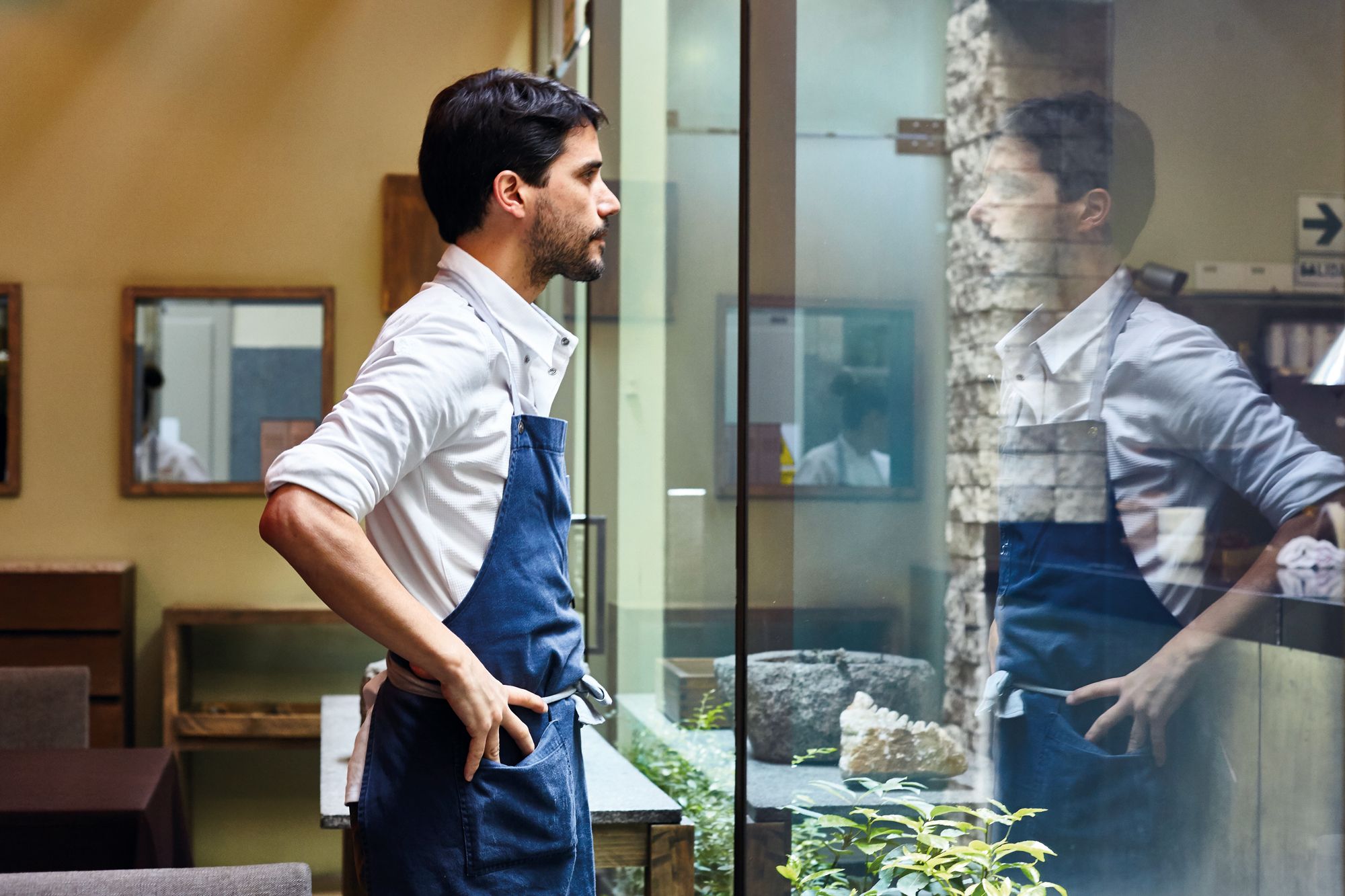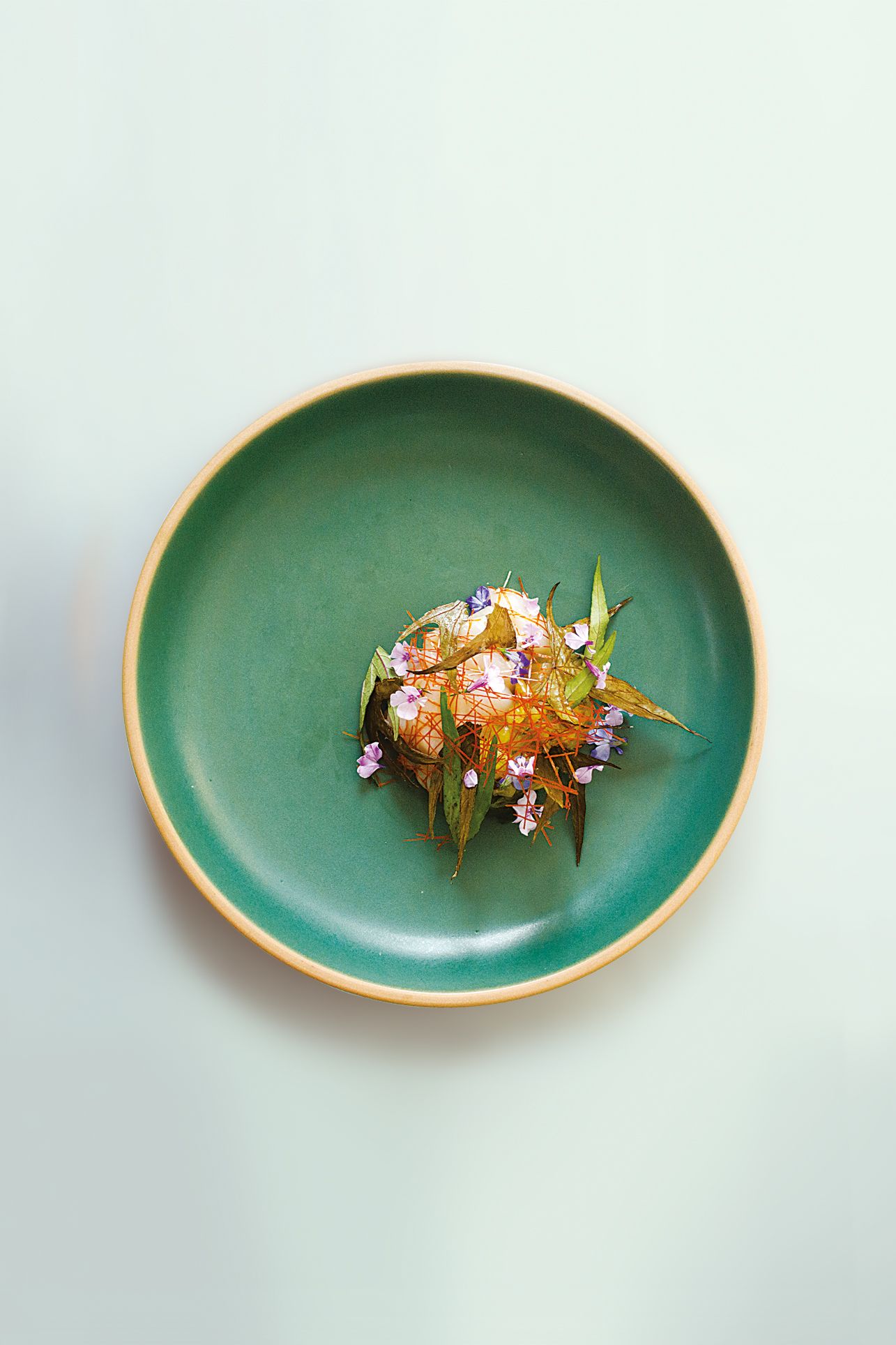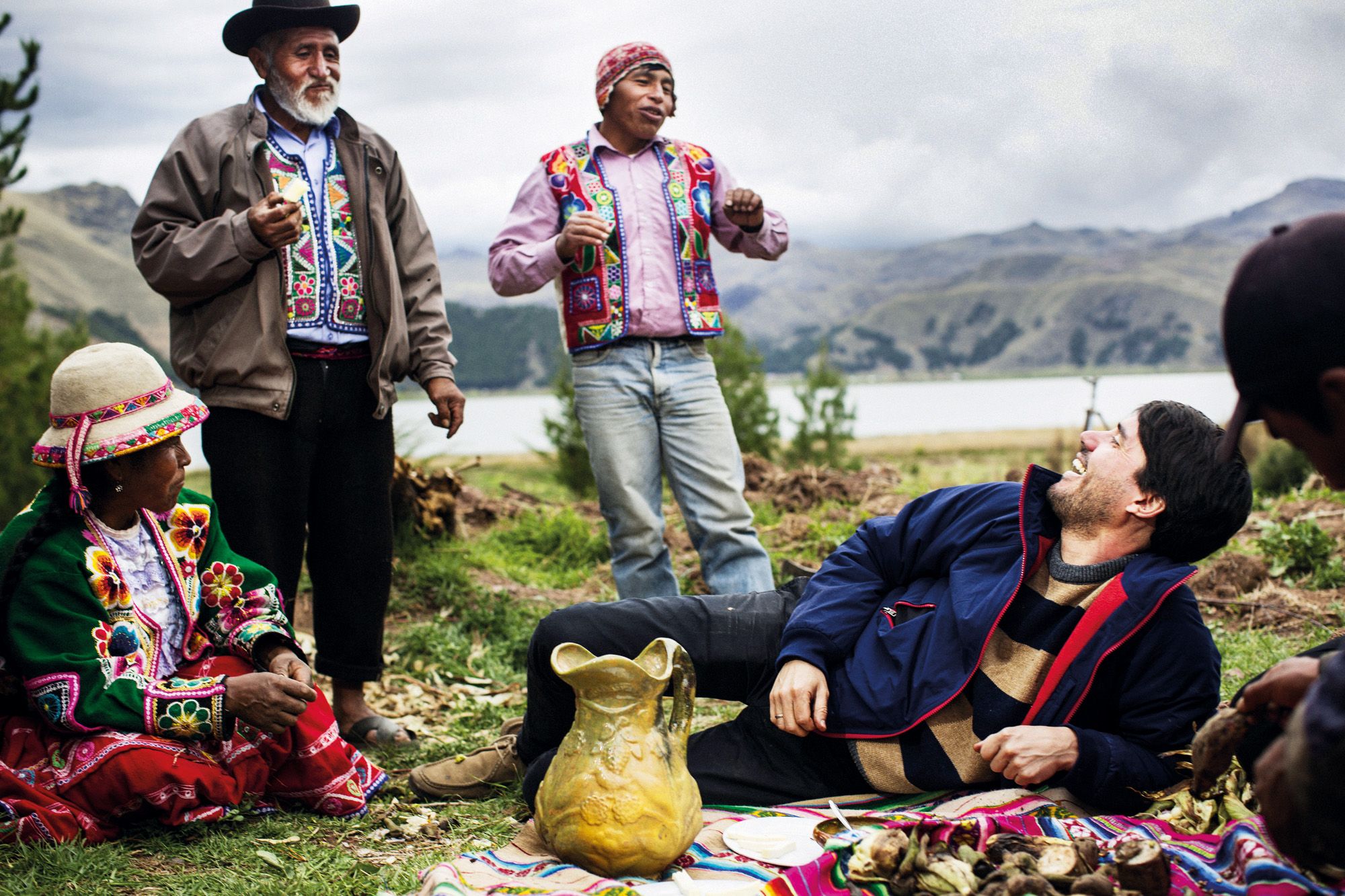The fevered globetrotting of chef Virgilio Martínez eventually led him home to Peru, there to explore the South American nation’s extreme diversity of ecosystems, cultures, culinary traditions and ingredients
Virgilio Martínez Véliz was born in Lima, the capital and largest city of Peru. From a young age he was encouraged to leave his country – to pursue experiences and employment in places far from the South American nation that his generation – like generations before – considered too poor for a promising future.
Another factor in Martínez’s decision to leave Peru was his desire to become a chef – there were, after all, no cooking schools in Peru at that time. Canada would be his first port of call, where he enrolled at Le Cordon Bleu in Ottawa. The world opened up from there. “I wanted to live in a more cosmopolitan city, a bigger city,” Martínez says. “I had the chance to go to New York or London. I had some friends in London, so I decided to go there.”

In the British capital, Martínez began by doing a little of everything – from washing dishes to serving front of house – before landing a chef role in a hotel. “I was doing French cuisine and I was in charge of the cheese,” he says. “That was fun for me because I was Peruvian, with no cheese background, and I learnt a lot.”
After London, Martínez moved to New York City, further mastering traditional French cuisine at renowned restaurant Lutèce that – after 40 years of great acclaim – finally closed its doors in 2004. “I really appreciated that because I learnt the basics,” the chef says, adding, however, that the desire to travel and learn about other cuisines remained strong
Next, Martínez headed for Asia, to Singapore and Thailand. “I was doing street food; I was working on the beach in front of the sea on an island in Thailand,” he recalls. “In Singapore, I was working in a Chinese restaurant. I had no idea! I knew how to make puff pastry and pâté, but I was doing Chinese cuisine.
“I had thought I had to be a chef in a very classic way, and then I travelled. I went to Spain; I went to Madrid, to Barcelona [where he worked at now-defunct three-Michelin-starred Can Fabes restaurant], spent some time in Germany, and then to Bogota. I thought that was good training – to travel a lot – because I got a good understanding of how culture is so important in food.”




